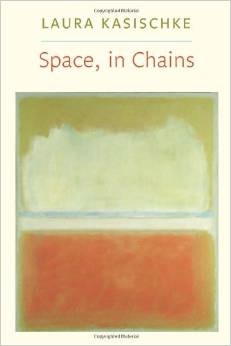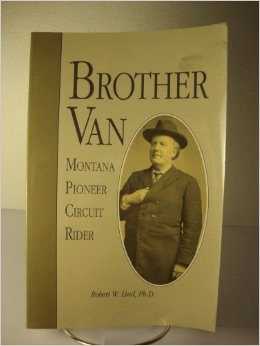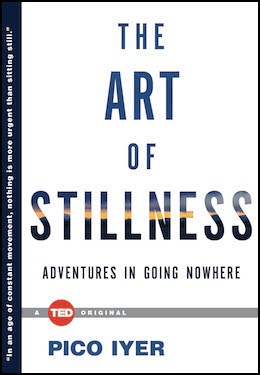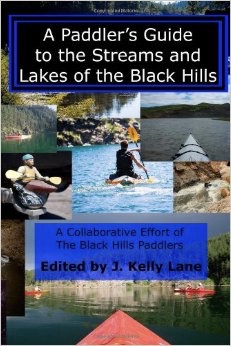January 2015
Space, in Chains
16/01/15 17:01
Laura Kasischke, Space, in Chains (Port Townsend, Washington: Copper Canyon Press, 2011)

Laura Kasischke’s poems lingered throughout my days as I was reading the book. The images of daughter, wife, and mother are a bit unsettling. Her reflections on her mother and father demonstrate deep love with a dose of guilt and regret. That is, if she is writing about her own life and her own experience. There is just enough whimsey in her poems to leave me off balance. Perhaps I know here better for having read her poems. Perhaps I don’t know her at all. Perhaps she is just pulling my leg.
It is the not knowing that makes the book so delightful for me.
This is a book I could read again - several times.
Brother Van
16/01/15 16:51
Robert W. Lind, Brother Van: Montana Pioneer Circuit Rider (Helena, Mt: Falcon Press, 1992)

The book is a kind of a hybrid. Lind attempts to tell the story of Brother Van complete with Brother Van’s feelings, thoughts and intentions. While I think Lind was striving to tell a true story, there are details in the book that he simply could not have known - so I know that he was speculating. Furthermore, there were a couple of details about my relatives that I knew of which Lind was unaware. Fore example, The Russells not only lived in Fort Benton, but also lived for a time in Virginia City when Roy Russell was court recorder at the territorial capitol. They certainly crossed paths with Brother Van much earlier than Lind knew. And there are some details about the mudpie story that I know from family lore.
It is too bad that Lind din’t know about the Russell journals. Roy Russell was an avid journal writer and our family has all of his journals, which contain details and information that is missing from Lind’s book.
All in all, it is a good read and a strong effort by a Methodist Bishop to capture some important history of Montana and one of that state’s most beloved preachers.
The Art of Stillness
16/01/15 16:44
Pico Iyer., The Art of Stillness: Adventures in Going Nowhere (New York: Ted Books, 2014)

The invitation, of course is to journey to the depths of life instead of constantly skimming on the surface. Grounding one’s life in stillness provides a challenge to those who are swept up in the constant busy pace of life. Along the way, Iyer issues the invitation to pay attention to what is going on, and look for meaning in places that are overlooked by those whose pace of life is somewhere in the fast lane.
It is a good read for a contemplative - or one who aspires to become more so.
A Paddleer's Guide to the Streams and Lakes of the Black Hills
16/01/15 16:34
J. Kelly Lane, ed., A Paddler’s Guide to the Streams and Lakes of the Black Hills (Rapid City, SD: Black Hills Paddlers, 2013)

I’m not much of a creek boater, though I have a good play boat. Most of my paddling in the hills takes place on Sheridan Lake, a reservoir a few miles from my home. When I get the hunkering to paddle down a river I tend to choose out of state locations. Having grown up in Montana, the Yellowstone and Missouri are more natural for me.
Still, it is a good and accurate guide written for paddlers by paddlers. There is a lot of potential for fun for those who are looking for adventure. There is also a good section on licensing boats and what has to be displayed where on our craft. South Dakota has some rather strange laws concerning titles, licensing, and bow numbers. All in all, it is a good book for everyone who wants to paddle in the Black Hills to own.